Rashes
Basis of rashes - when looking at a rash you need to consider a few points
- The skin varies in thickness and quantity of hair or sebaceous glands. Rashes affecting only one component of the skin will have a distribution which reflects this component (e.g. hair follicles in folliculitis or dermatomes in shingles).
and Shingles looks like this
- The lesions differ according to the depth of the inflammation. Near the surface it causes vesiculation and scaling, while deep dermal or subcutaneous inflammation results in nodule formation.
and scaling
. Nodule formation



- The rate of development is determined by the type of inflammatory response. Erythema, wheals, and blisters are more acute; white cell infiltration, purpura, and pustules take longer; while ischaemic necrosis and exfoliation are more chronic responses.
- The distribution of the lesion may be typical.
- Endogenous rashes tend to be symmetrical; in contrast, a biting insect produces asymmetric lesions. Unlike the rashes of Secondary syphilis, the site of the Primary chancre is not influenced by host symmetry. Fungus infections tend to be more obvious on one side of the body, whereas psoriasis is usually exactly symmetrical. Secondary Syphilis looks like this:

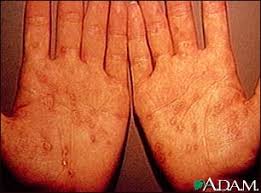


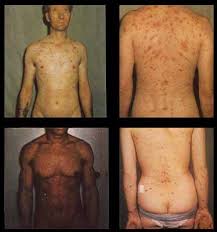
 Primary chancre
Primary chancre 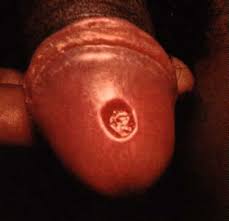
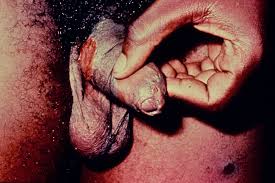
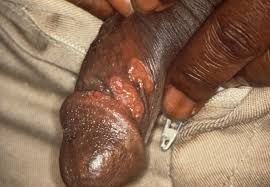
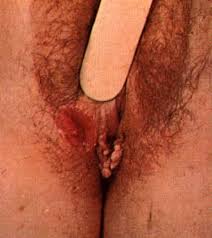
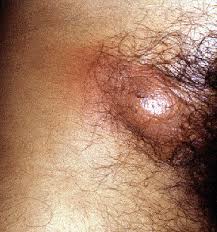

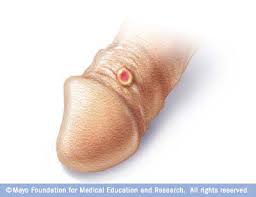
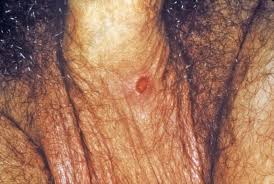
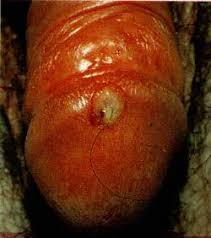

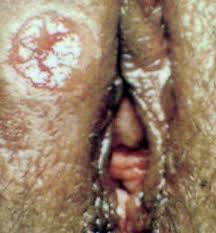

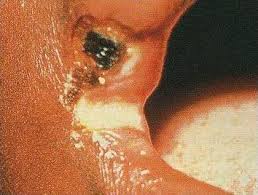

No comments:
Post a Comment